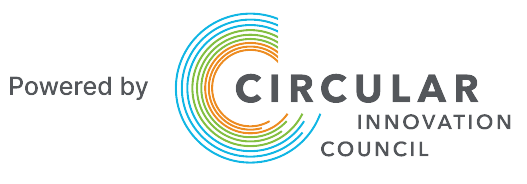The sustainability race is on. Corporations, investors, and governments worldwide have made ambitious commitments to reduce their operations’ negative environmental and social impacts.
But there’s a problem: New solutions will inevitably trigger bottlenecks for the very resources, infrastructures, and capabilities upon which they depend. While the supply of these sustainability-related resources will expand due to investment and innovation, in many categories, rapid growth in demand will likely outstrip supply, heightening competition and pushing up prices.
The result is that the world is entering a period of sustainability-driven scarcities, bringing new risks and opportunities — and the potential to change the dynamics of competition in many industries for the decade ahead.
Consider carbon credits, for example. Many companies rely on them as a near-term bridge or as a long-term primary strategy for offsetting greenhouse gas emissions. But at BCG, we anticipate that a significant shortage in carbon credit availability will emerge over the next decade. Under even a conservative scenario, the net supply of credits annually coming onto the market will fall short of supply by 300 million metric tons of carbon dioxide equivalent (MtCO2e) in 2030, according to our analysis. This market shortage will likely be exacerbated by a compounding effect in which deficits from prior years stack on top of one another as companies fight to offset both current and historical emissions.
Other impending sustainability scarcities are already visible in several categories:
- Recycled Plastics: According to BCG analysis, about 45% of the demand for recycled polyethylene terephthalate (rPET) will be unmet by 2025. This will be a problem for consumer-packaged goods companies that have set ambitious rPET packaging goals.
- Battery Inputs: The current supply of raw materials, such as lithium, nickel, cobalt, manganese, and graphite, is less than one-third of what will be required to meet battery demand in 2030, according to Cairn Energy Research Advisors. This poses a significant risk to companies that manufacture electric vehicles and energy storage systems.
- Green Hydrogen: This has been touted as a promising method of decarbonizing heavy industries, such as steel and cement manufacturing, chemical and petrochemical refining, and large-scale shipping. Industry projections of supply and demand ofgreen hydrogen suggests production capacity will need to grow by a factor of 100 to 200 over the next 30 years to meet demand. However, that level of growth in supply could be challenging, given potential bottlenecks in the production of equipment and factory inputs, such as platinum needed for the cathodes in electrolyzers, as well as in the renewable energy input required to produce green hydrogen.
- Sustainable Cotton: The vast majority of major fashion brands have committed to using 100% sustainable cotton by the end of 2025. In 2018, however, just 21% of cotton worldwide was grown sustainably. And industry experts don’t expect the supply of sustainable cotton to expand rapidly enough to meet demand, owing to such factors as the financial challenges that small farmers face in adopting sustainable growing practices.
Steps Companies Can Take Now
Faced with sustainability scarcity, companies will need to develop a portfolio of strategic and tactical responses to mitigate risk and capitalize on opportunities. Depending on the specific resources in question, these responses should include:
- Securing supply through long-term contracts with existing or new suppliers. This should not only focus on mitigating shortage, but also on making the relevant supply chain more resilient.
- Owning the origins by acquiring suppliers or developing new sources to ensure that companies will be able to satisfy their future demands for critical inputs while potentially also building new businesses to supply others.
- Forcing innovation to turn constraints into opportunities by redesigning goods and services to reduce or eliminate the need for the resources in question.
- Extracting value through price premiums on products that rely on sustainable materials or by building entirely new businesses that provide sustainable resources to others.
- Arbitraging the options to create advantage from playing off the different supply and pricing dynamics for sustainability scarcities across different geographies
- Seeding the market and hedging new scarcity risks through a portfolio of venture investments in technologies and companies aiming to resolving resource bottlenecks.
- Broadening the market by advocating for public policy and investments that enable technological innovation, expand supply, or incentivize alternatives of prospectively scarce inputs.
- Acting collectively by catalyzing or participating in industry and cross-sector coalitions to address supply constraints, including with governments and NGOs.
While such moves can make business models more durable, they will only create competitive advantage and value by being fully baked into business strategy and business model innovation. Our research to date finds that less than one-fifth of companies pursuing sustainability outcomes have done so in ways that reinforce advantage and value creation. Fewer still, less than 10%, are using sustainability to reshape the boundaries of competition or reimagine their businesses. It may sound crass to seek profit and advantage in sustainability, but reconciling these apparently opposing forces will leverage the power and innovative potential of the corporate economy to accelerate and scale the sustainability agenda.

